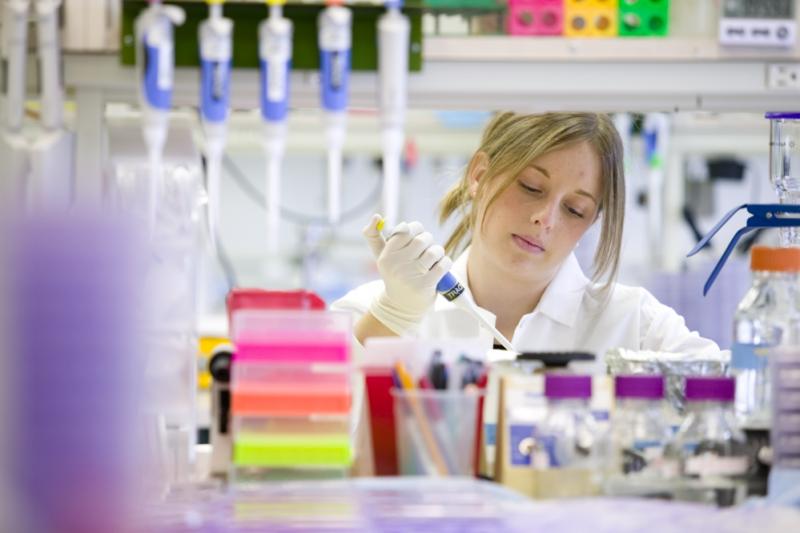Know what you need to know about Custom Peptide Synthesis
Custom peptide synthesis is the large scale production of peptides in industries for use in
biochemistry, pharmacology, molecular medicine and biotechnology. These
oligopeptides produced artificially are used to study the protein interfaces,
for the production of some antibodies.
The process of
linking two or more amino acids by amide bonds is called peptide synthesis. It
happens when the C-terminus amino acid reacts with amino group N-terminus of
another amino acid. In the lab, they are produced by either solution phase
technique or by solid phase technique. But the yield in both the process is
typically slow and cannot be used for the production of peptides in large scale
commercial purposes.
An understanding of Linear vs. Convergent Synthesis
The linear
method is used for synthesizing peptide compounds which are up to five amino
acids in length. Here, each amino acid is added to the sequence until the
compound is produced.
For longer
peptides which are more than 100 amino acids, this process would be too slow.
In the peptide synthesis method
or the convergent method, the small segments are synthesized simultaneously and
then assembled with one another to form the compound.
Example of some Protecting Groups
α-Amino Group Protection
The protecting
group used in the commercial process is Boc and benzyloxycarbonyl (Z) groups.
The Boc group is removed by acids like trifluoroacetic acid (TFA). The Z group
is removed by reduction
Carboxyl Group Protection
Best protecting
agent for the carboxyl group is either benzyl or t-butyl ester. They are
removed in the same way as the Z group and the Boc group hence they must be
orthogonal to the α-amino protecting group.
Side Chain Protection
Minimum side
chain protection is desirable to minimize the number of steps. But minimising
side-chain protection makes peptide compounds hydrophilic which complicates the
extraction.
Coupling of individual amino acids
The most common
coupling agents used are carboxylic-carbonic anhydrides, carbodiimides and
uronium reagents.
Coupling of Segments
To counter the risk of racemisation during
coupling of segments there are various methods like carbodiimide method with an
added nucleophile, isobutyl chloroformate with or without an added nucleophile.
Here are some Tactics for Scaling Up
Chemical and Technical Aspects
In any multistep
process, the number of processes should be minimised. But in custom peptide synthesis method yield
efficiency is given maximum priority. It also means a longer time for
synthesis. For the commercial purpose, the convergent technique is preferred.
The problem of isolated intermediaries to be in solid form is solved by
precipitation and chromatography.
Commercial and Economic Aspects
The choice of
using pre-activated or non-activated amino acids is simple. Pre-activated amino
acids are expensive but reduce synthesis time. Non-activated amino acids are
cheap but they increase the synthesis time. Also, raw materials should be used
in their stoichiometric amounts to reduce costs.
Safety and Environmental Aspects
It is important
that the chemicals used in the synthesis are not harmful to humans and the environment.
There are
various methods and techniques for commercial production of peptides. But other
factors like costs, adherence to safety regulations and output efficiency are
important as well.



This is really touchy "It is important that the chemicals used in the synthesis are not harmful to humans and the environment." if we use peptides properly on the prescriptions, it is very helpful to give power to our body.
ReplyDeleteNice post. It is really interesting. Thanks for sharing the blog!
ReplyDeleteGene Therapy Plasmid Production
Cell Growth Process Development Service
LVV packaging